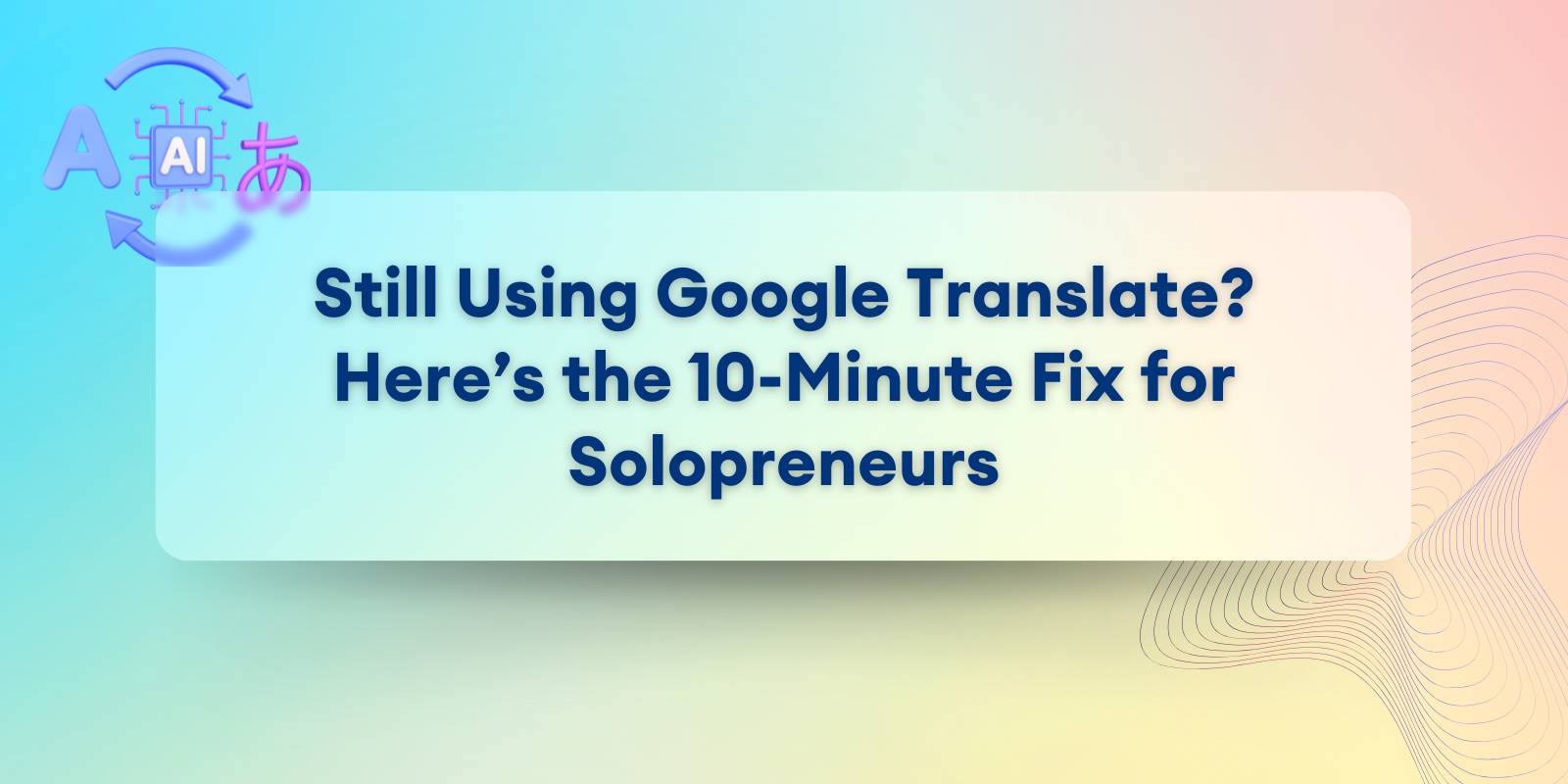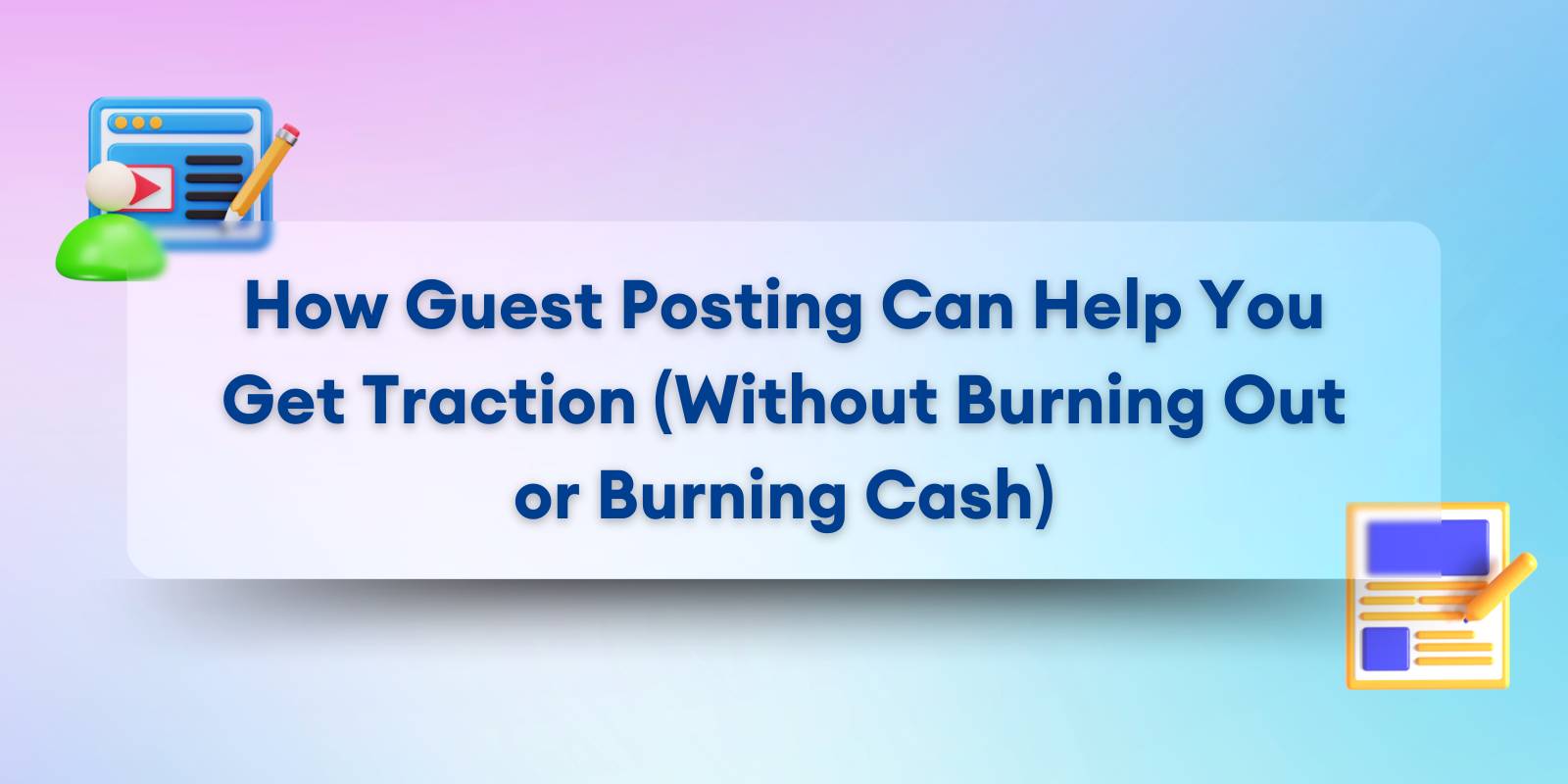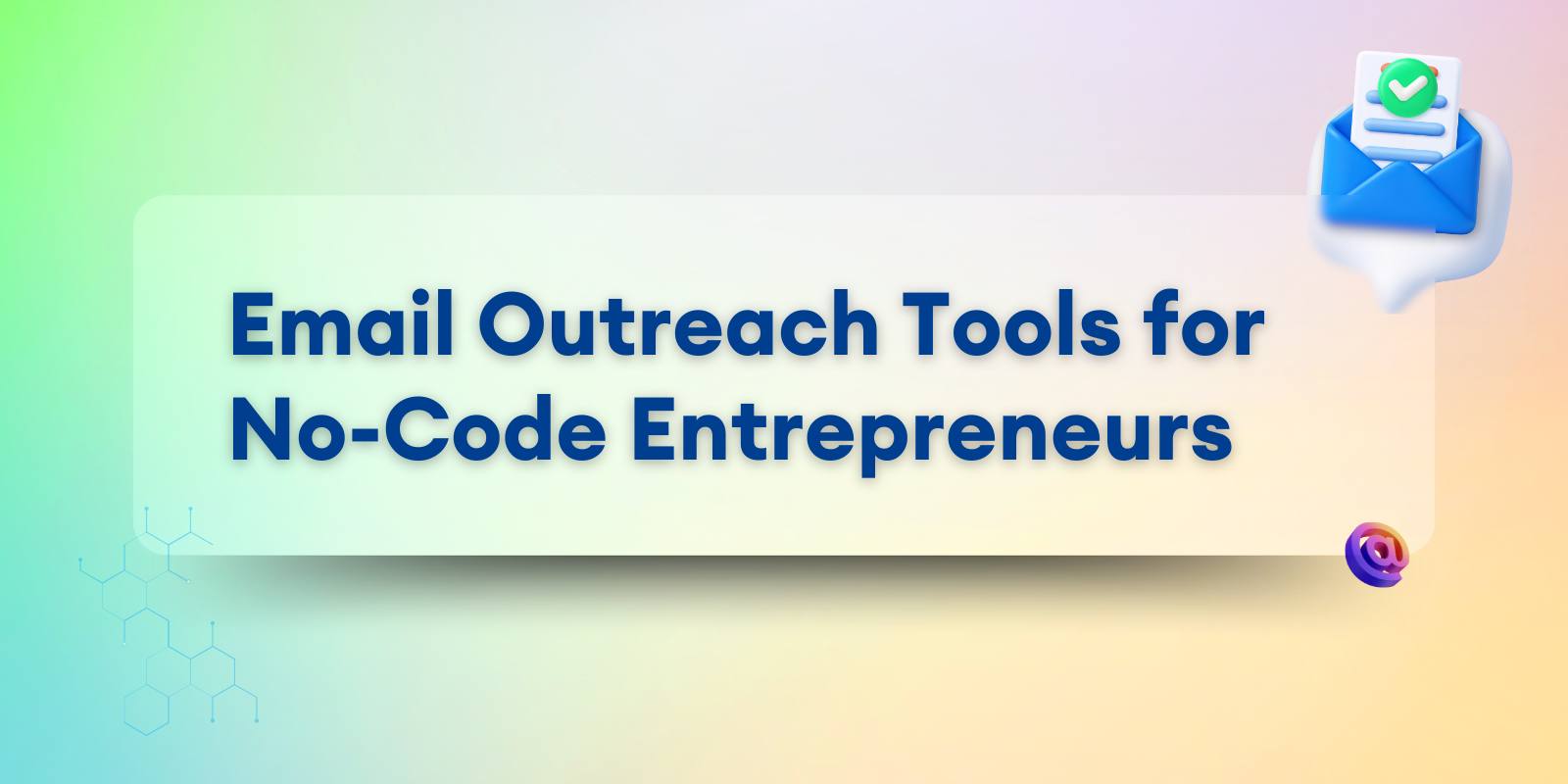
If you’re translating your content with AI and still rewriting half of it, you’re not saving time. You’re just working twice.
You’ve got copy to publish, customers to reach, and no time to babysit a translator that keeps messing up your tone or butchering your message. Whether it’s your landing page, an email, or product copy, that quick “paste + translate” shortcut often turns into a long editing session that drains your energy, and your trust.
According to recent industry data, the AI in language translation market is expected to reach $7.16 billion by 2029, growing at an impressive 25% annually. Yet despite this explosive growth, most businesses are still struggling with translation accuracy. The proliferation of AI tools hasn't solved the fundamental problem; it's made choosing the right one even harder.
Most of these tools weren’t built for people like us. They’re built for volume, not for clarity, context, or voice. And if you’re trying to build a brand on your own, with limited time and no team to back you up, every bad translation slows you down.
The good news? You can fix this in 10 minutes flat, with a simple test that shows which AI translation tool actually works for your content, and which ones are silently setting you back.
The Pain: What Happens When You Trust the Wrong AI Translator
Not all AI translators are created equal. Each engine has been designed with different priorities in mind; some focus on lightning-fast speed, others prioritize literal accuracy, while some attempt to capture tone and cultural nuance. The problem? Most users don't realize they're using the wrong tool for their specific needs until it's too late.
The translation technology landscape has become increasingly complex. With the machine translation market valued at over $1.35 billion in 2024 and projected to reach $6.24 billion by 2037, there's no shortage of options. But more choices haven't necessarily meant better results.
The Hidden Costs of Translation Mistakes
Beyond the obvious errors, the wrong AI translator creates invisible costs that compound over time:
Wasted time:
You spend 20 minutes translating, then another hour editing because the output missed your intended meaning entirely.
Lost brand voice:
Your carefully crafted tone disappears, replaced by generic corporate-speak that doesn't reflect your brand personality.
Damaged credibility:
International customers notice awkward phrasing and grammatical errors, making your business appear unprofessional or careless.
Missed opportunities:
Poor translations can change the meaning of your message entirely, potentially causing misunderstandings with clients, partners, or employees.
Productivity drain:
Your team wastes energy comparing different translators manually, testing which one might work better this time, with no systematic way to evaluate quality. For solopreneurs and small businesses, this inefficiency can be particularly damaging when time and resources are limited.
The emotional toll is equally significant. There's the frustration of knowing something is "off" but not having the language expertise to fix it. The anxiety about whether your international audience will understand, or worse, be offended by, a cultural misstep. The exhaustion of constantly second-guessing and editing, turning what should be a quick task into an all-day ordeal.
According to industry analyses, even the most popular translation tools still struggle with complex or technical texts, specialized terminology, and idiomatic expressions. These limitations aren't going away, they're fundamental to how different AI translation engines approach language processing.
What Language Problems Are Users Actually Facing?
The discussion "Google's AI Translations are a disaster for my language, what can I do?" on Reddit highlights a critical issue affecting millions of users worldwide. Many languages, particularly those spoken by smaller populations or with complex grammatical structures, receive inadequate attention from major AI translation providers.
Users report that Google Translate and similar tools produce translations that are technically grammatical but sound completely unnatural to native speakers. The AI might understand basic vocabulary but fails to grasp cultural context, regional variations, formal versus informal registers, or industry-specific terminology. For languages like Hindi, Vietnamese, Indonesian, Tagalog, or various African languages, the quality gap between English-to-Spanish and English-to-these-languages can be staggering.
The fundamental problem is that AI translation models are trained predominantly on English and a handful of major European languages. As recent research confirms, this creates a quality hierarchy where high-resource language pairs receive excellent results while low-resource languages get left behind with translations that range from mediocre to unusable.
This isn't just a technical limitation; it's a barrier to global communication that affects businesses, educators, healthcare providers, and individuals trying to connect across language boundaries.
The 10-Minute Translation Test: See for Yourself
Rather than blindly trusting any single AI tool, you need a systematic way to evaluate which translator actually delivers for your specific content. Here's a straightforward test that reveals the truth in just ten minutes.
Step 1: Select Your Real-World Content
Don't use lorem ipsum or random text. Choose something that matters:
- A paragraph from your website's homepage
- A product description with specific terminology
- A customer email you need to send
- Marketing copy with your brand voice
- Technical documentation with industry jargon
The content should include at least one element that typically causes problems: an idiom, a metaphor, technical terms, or culturally-specific references.
Step 2: Run Three Parallel Translations
Take your selected text and translate it using three different AI tools. Popular options include:
- Google Translate (still the most widely used)
- DeepL (often praised for European languages)
- ChatGPT (contextual but inconsistent)
Paste the exact same source text into each platform and save the results side by side.
Step 3: Compare the Critical Elements
Now comes the revealing part. For each translation, evaluate:
Tone and naturalness:
Does it sound like something a human would actually say? Or does it feel stiff, overly formal, or oddly casual?
Meaning preservation:
id the core message survive translation? Check if metaphors were translated literally, if technical terms were handled correctly, and if the intended emotional impact remains intact.
Fluency and grammar:
Would a native speaker immediately recognize this as machine-translated? Look for awkward sentence structures, unnatural word choices, or grammatical constructions that are technically correct but never used by real people.
Cultural appropriateness:
Does the translation respect cultural norms? Some phrases that work in one culture can be offensive or meaningless in another.
Step 4: Notice What Needs Fixing
Here's where the test becomes eye-opening. Open a document and track how much editing each translation requires:
- Minor tweaks (changing a word or two)
- Moderate revisions (restructuring sentences)
- Major rewrites (completely redoing entire sections)
Most people discover that their "trusted" AI translator consistently needs major revisions, essentially requiring you to do the translation work yourself after getting a rough draft. That's not translation, that's just expensive preliminary research.
The Insight You'll Gain
After completing this test, you'll instantly understand which translator truly grasps context and which ones are just performing word-for-word substitutions with slightly better grammar. You'll see patterns: maybe one tool handles formal business language well but fails at casual marketing copy. Another excels with technical documentation but butchers creative writing.
Most importantly, you'll realize that manually running this test every single time you need a translation is exhausting and unsustainable.
Here's the transition moment:
Alternatively, if you'd rather skip the manual test entirely, there are platforms designed specifically to streamline this comparison process, running the test automatically and presenting the results side by side.
The Pleasure: Discover How We Translate in 2025
The evolution of AI translation has ushered in a new class of platforms, comparison tools that bring multiple translation engines into a single interface. Rather than switching between apps and websites, users can now access outputs from several AI translators at once, allowing them to select the best translation for each unique use case.
MachineTranslation.com, a go-to authority in AI translation trusted by professionals worldwide, exemplifies this shift. With billions of words already translated across industries, it offers a practical, data-backed approach to finding the most accurate translation, every time.
Instead of relying on a single tool and hoping for the best, comparison platforms like this let users instantly see which engine performs best for their content, tone, and context.
How Comparison Platforms Transform the Translation Experience
This approach introduces a more flexible and transparent workflow:
- Paste your text once
- See translations from multiple engines instantly, displayed side by side
- Compare results to see which version best captures tone, intent, and meaning
- Select the most accurate translation and move forward with confidence
This eliminates the inefficiencies of trial-and-error testing across separate tools. It also reveals subtle differences, such as how well idioms are handled, which version sounds more fluent, or which engine best preserves brand voice.
The result: faster decision-making, clearer outputs, and improved control over the translation process.
Advanced Tools: The Rise of AI Translation Agents
Some platforms now integrate AI Translation Agents, intelligent systems designed to function like personal assistants. These agents can:
- Learn from user feedback and preferences
- Identify which engines perform best for specific content types
- Adapt recommendations based on audience, industry, or tone
- Offer targeted suggestions to refine the translation
We built the AI Translation Agent to behave more like a human teammate:
“Because ‘smart’ AI isn’t just about how much data you train it on. It’s about how well it fits into someone’s actual workflow.”
— Rachelle Garcia, Head of AI, Tomedes
This marks a broader trend in AI: tools that fade into the background while enabling better, faster results. The goal is no longer just to translate words, but to support workflows where meaning, consistency, and intent are preserved without added complexity.
The Modern Translation Paradigm
The traditional approach to translation was linear and limiting: pick one tool, hope it works, fix the mistakes, repeat.
The contemporary approach is dynamic and empowering: access multiple expert AI translation engines simultaneously, compare their outputs instantly, choose the best result with confidence, and learn which tools excel for specific needs over time.
With the AI software market projected to grow from $126 billion in 2024 to over $1.3 trillion by 2029, translation technology will continue evolving rapidly. Comparison platforms ensure users can leverage the most advanced, most accurate AI translator for every project, without the research, testing, and frustration of figuring it out independently.
This represents how modern translation works: smarter, faster, and with complete confidence in the results.
Proof in Action: How Teams and Creators Use It
Let's look at a real-world transformation.
A mid-sized marketing agency was struggling with its multilingual campaigns. They had international clients across Europe, Asia, and Latin America, and their translation workflow was a nightmare. Their team would spend hours each week:
- Copying text into Google Translate
- Checking the results in DeepL
- Sometimes trying ChatGPT with different prompts
- Comparing all three manually in spreadsheets
- Still ending up with translations that needed extensive editing
One project manager described it as "translation roulette", you never knew which tool would work better until you'd already wasted time testing them all.
The Transformation
After implementing a translation comparison platform, everything changed:
60% faster turnaround times:
What used to take three hours now took barely over one. Instead of manually testing multiple platforms, they could see all results instantly and choose the best one immediately.
Consistent brand tone across languages:
Advanced features like AI translation agents learned their brand voice preferences. For casual, friendly social media content, the system recommended one engine. For formal corporate communications, it suggested another. The consistency that their clients had been demanding finally became achievable.
Zero frustration from manual comparisons:
Side-by-side interfaces eliminated the spreadsheet chaos. The team could evaluate quality at a glance without copy-pasting between browser tabs or losing track of which version came from which tool.
Improved client satisfaction:
International clients noticed the quality improvement immediately. Native speakers on their teams stopped flagging awkward phrasing and unnatural-sounding translations. The agency's professional reputation strengthened across all markets.
The Relief of Regaining Control
The most significant change wasn't just efficiency; it was peace of mind. The project manager shared, "We finally feel in control of our translation process. We're not guessing anymore. We're not crossing our fingers and hoping Google Translate handles this one correctly. We know we're getting the best possible AI translation for every single project."
That sense of relief and confidence is what transforms translation from a dreaded bottleneck into a seamless part of modern global communication.
Why "Accurate AI Translation" Matters More Than Ever
In 2025's business landscape, translation quality isn't a nice-to-have; it's a competitive necessity. Whether you're a solopreneur expanding internationally, a corporation managing global teams, or a content creator building an international audience, how you translate directly impacts how you're perceived.
Poor translation signals carelessness. It suggests your business isn't serious about international markets. It creates friction in customer relationships and confusion in team communications. In contrast, accurate AI translation demonstrates professionalism, cultural awareness, and respect for your global audience, similar to how using AI strategically in business can improve overall operations and customer reach.
Research from the U.S. Bureau of Labor Statistics projects that employment for interpreters and translators will grow 20% from 2021 to 2031, much faster than average for all occupations. This growth reflects the increasing importance of multilingual communication, but it also highlights that AI translation tools must meet professional standards to be truly valuable.
The right AI translation tool doesn't replace human expertise; it amplifies it. It handles routine translations quickly and accurately, freeing human translators to focus on creative, culturally nuanced, or highly specialized work that truly requires their skills.
People Also Ask: Your AI Translation Questions Answered
What is the most accurate AI translator?
No single AI translator is "most accurate" for all situations. Translation quality depends on language pair, content type, tone, and context. Tools like DeepL often excel with European languages, Google Translate has the broadest language coverage, and ChatGPT can handle contextual nuance better for some creative content. The most accurate approach is comparing multiple AI translators for your specific content, which comparison platforms like MachineTranslation.com make effortless.
How do I know if my AI translator is accurate?
Run the 10-minute test described above: translate real content using multiple AI tools, compare the results for tone, meaning, and naturalness, and track how much editing each requires. If you're constantly rewriting translations, your tool isn't accurate enough. Alternatively, use a comparison platform that shows multiple translations side-by-side, allowing instant quality evaluation.
Can AI translation replace human translators?
AI translation excels at routine, straightforward content and provides excellent first drafts for more complex work. However, it still struggles with deep cultural nuance, creative wordplay, highly specialized terminology, and content requiring subject-matter expertise. The best approach combines AI translation for efficiency with human review for critical content, quality assurance, and culturally sensitive material.
Why does Google Translate fail for my language?
Google Translate's accuracy varies dramatically by language pair. AI translation models are trained primarily on English and major European languages, meaning less common languages or those with less digital training data receive lower quality results. Complex grammatical structures, cultural context, and idiomatic expressions are particularly challenging for less-supported language pairs.
What makes AI translation inaccurate?
Several factors affect AI translation accuracy: insufficient training data for certain languages, inability to understand cultural context and nuance, literal translation of idioms and metaphors, lack of subject-matter expertise for specialized terminology, and difficulty maintaining appropriate tone and register. Different AI tools handle these challenges differently, which is why comparing multiple engines for your specific content is crucial.
Don't Just Translate. Transform the Way You Translate
Let's return to the core truth: the wrong AI translator costs you time, quality, and trust. It turns what should be a quick task into an exhausting ordeal of testing, comparing, editing, and second-guessing.
You deserve better. Your international audience deserves better. Your business deserves translation tools that actually work.
The right AI translation tool gives you three things that transform your workflow:
Speed:
Instant results without manual testing across multiple platforms. Your translation process becomes efficient instead of exhausting.
Accuracy:
Confidence that your meaning, tone, and intent survive the translation process. You can communicate clearly across language barriers without constant worry about embarrassing mistakes.
Peace of mind:
The knowledge that you're using the best available AI translator for your specific content, backed by intelligent technology that learns and improves over time.
With the AI in language translation market growing at 22.3% annually and reaching $13.5 billion by 2033, translation technology will continue evolving rapidly. But growth in the industry doesn't automatically mean better results for individual users, unless there's a systematic way to evaluate which tools actually deliver.
This is the moment to stop settling for good enough. Stop wasting hours editing poorly translated content. Stop crossing your fingers and hoping your chosen AI translator handles things correctly this time.
You don’t need to spend hours comparing translations across tabs. You don’t need to guess which tool to trust this time. And you definitely don’t need to keep fixing clunky, tone-deaf outputs that make your brand sound like it was written by a tired robot.
With this test, you can cut the noise, compare smarter, and keep things moving.
For solopreneurs, that means less time fixing broken copy… and more time building the thing that actually matters.
Your voice stays consistent.
Your tools do the work right.
And you stop wasting energy on stuff that should’ve been quick.
Translation doesn’t have to be a bottleneck anymore. Especially not when there’s a faster way to do it right.




